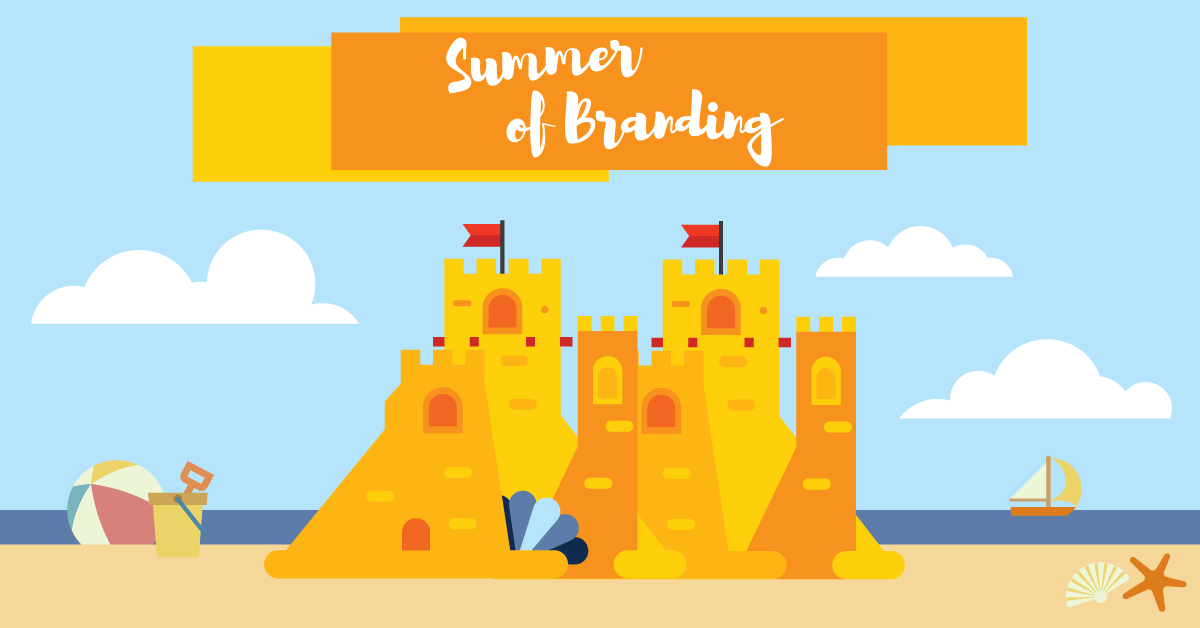
One of the things we teach our children is to know who they are and be true to what that looks like. We teach them never to give up who they are, their identity. Also, to always look for ways to better themselves while still holding onto who they are. Basically the message is this: be who you are, and be the best “who you are” that you can be. Developing a healthy sense of identity is a key developmental milestone – and a never ending process.
We now know that this is also true for places. A place needs to understand its identity: the authentic representation of what it is and what it is striving to be. At the heart of creating a great place should be a keen awareness of identity, narrative and staying true to that as the place continues to evolve in a smart and sustainability way. It is also the first step in creating place brand.
Knowing place identity and narrative also creates these other added benefits:
1. Highlights the strengths of your place. What is the competitive advantage of your Place? What is it getting right as a Place? When people come to visit your city, what do you show off about your Place? A vibrant downtown? Unique social offerings? Historic preservation? Welcoming culture? Often enough, community strengths are the best leverage point for starting to address challenges. Many places actually know what they are getting right, or deploy a strength-based strategy, in addressing challenges.
2. Instilling love of place and shared vision. A shared place identity helps build love of place. And we’ve already talked about how important resident love, attachment and belonging is for both people and place. In terms of a brand, having love of place also helps provide a useful starting point for having a shared vision and brand. Though residents can disagree on how they move forward, what bonds them together is the shared love of place that has roots in the shared place identity.
3. Keeps places from selling out. Today places are competing with each other like never before. When that happens, there is a lot of looking on each other’s paper. When a development, downtown, or amenity does not fit with the narrative or essence of that place, residents can feel it and it may fail as a result, leading to disconnection from the place itself. This, in turn, can have negative consequences for people and place from economic development, job satisfaction, optimism and other characteristics of a healthy place. The biggest reason why a placemaking idea works in one place and fails in another is simply dragging and dropping the idea from one place to another without considering adaptation for alignment with the place narrative.
Unfortunately, many places don’t know their narrative and identity, yet it is clearly foundational for place success.
So, where to start?
Place narrative is cultivated from a variety of sources including history, geography, industry/resources, anchor institutions, landmarks, and culture/spirit of its people. But a place’s narrative is not just one of those things – a place is not just its history or industry or anchor institution – but is comprised of all of those things. How does each of these areas inform who you are as a place and what you are aspiring to be?
Knowing your place’s narrative and developing it into a place brand, that is demonstrated regularly through place offerings and dynamics, is key to a place’s success in today’s world. It helps to bond us to the place and to each other. So we can’t skip this step. Similar to humans, places having a consistent grasp of what they are is a critical piece for places (and the people within them) being joined in the right Place Match.

??